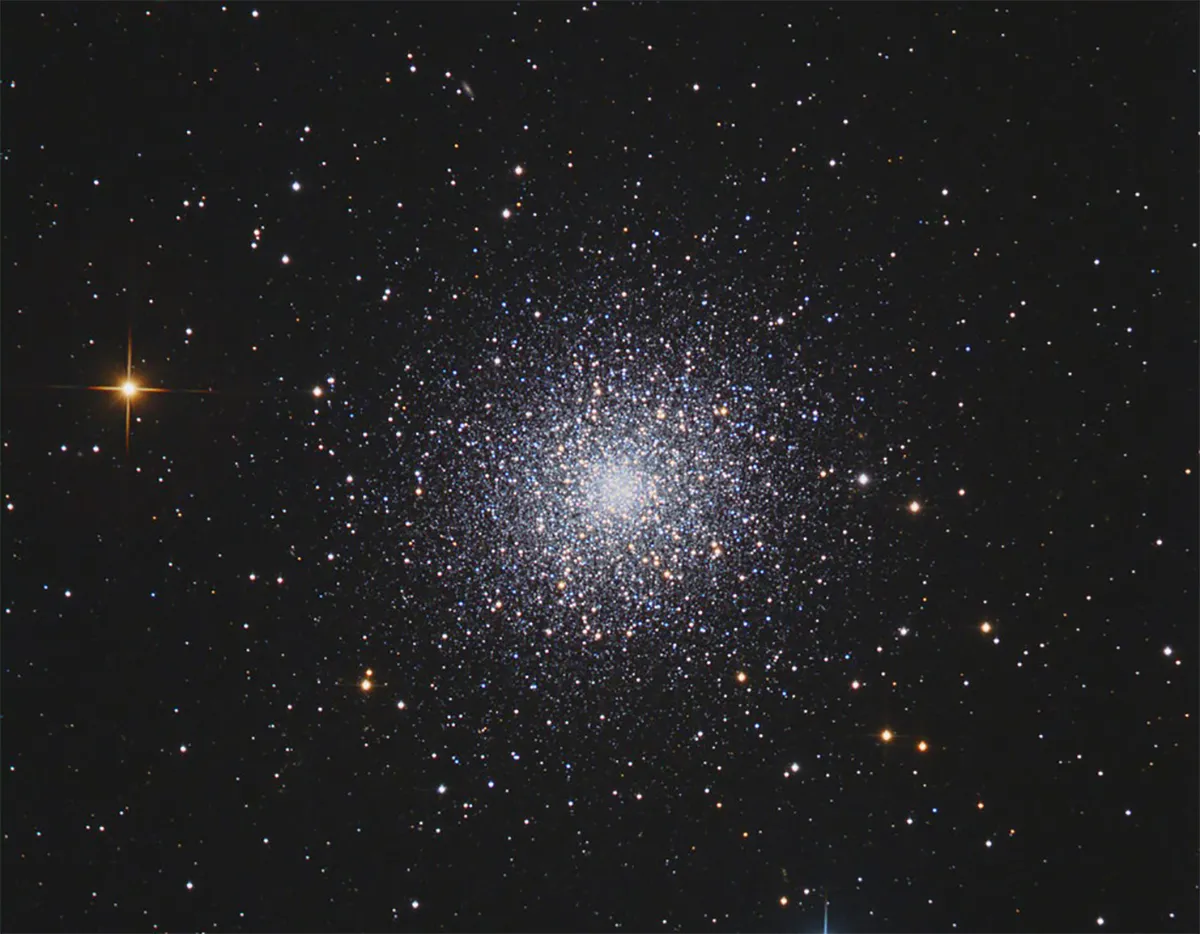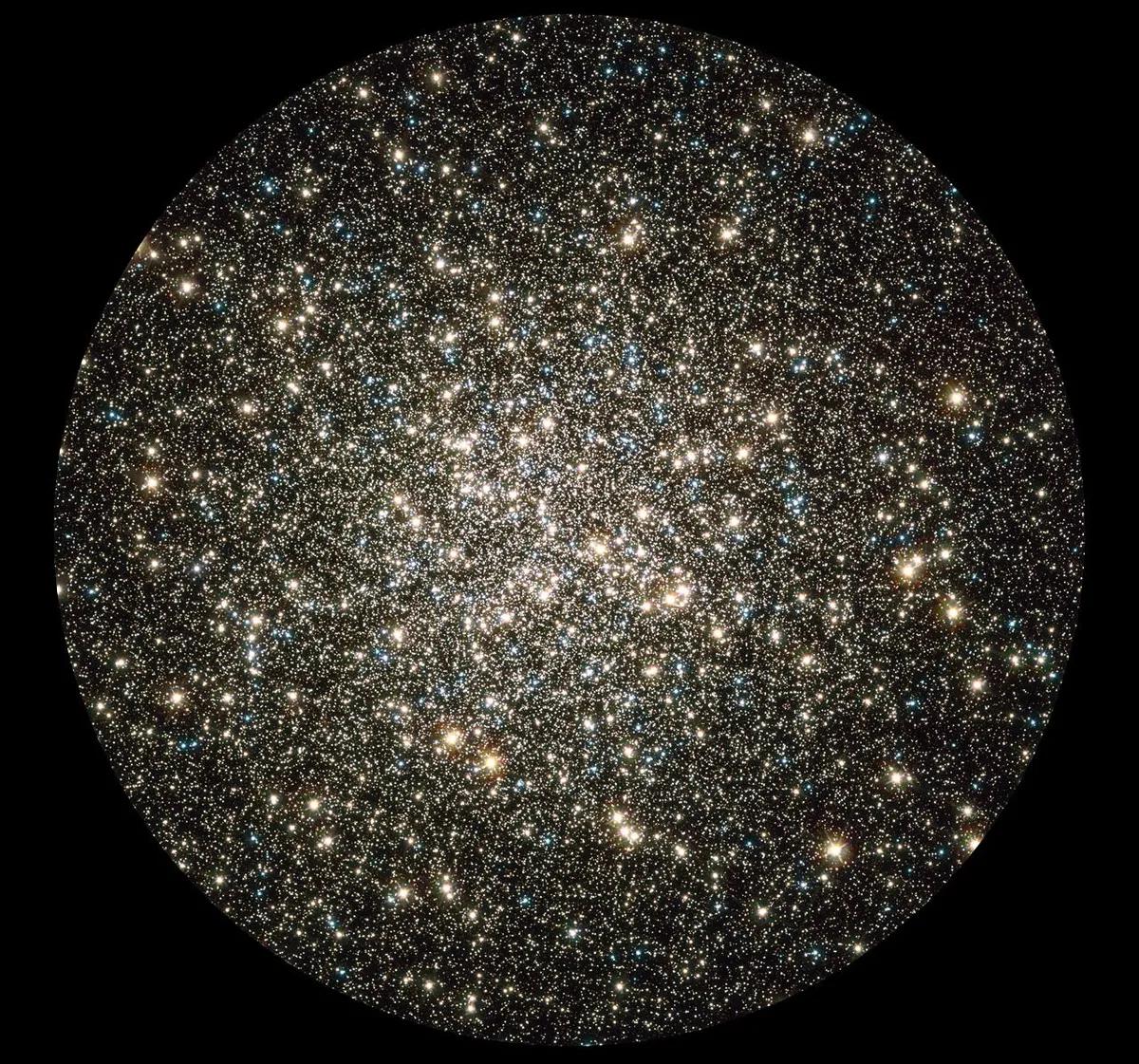Globular clusters are thought to be among the oldest objects in the Universe, and perhaps the most famous of all is M13, known as the Hercules Globular Cluster or the Great Globular Cluster in Hercules.
These spherical collections of gravitationally-bound stars are thought to have formed during the early Universe, making them fascinating objects for astronomers and cosmologists to study.
Globular clusters contain hundreds of thousands of stars, and make for wonderful objects to observe through a telescope or to photograph.

The Hercules Globular Cluster contains over 100,000 stars and is one of the brightest star clusters that can be seen in the northern hemisphere sky.
It is about 25,000 lightyears from Earth and was discovered by Edmond Halley in 1714.
French astronomer Charles Messier then added the Hercules Globular Cluster to his deep-sky Messier Catalogue in 1764, and it earned the designation M13. It is also known as NGC 6205.
The stars at the core of M13 are so densely packed together that the region is about 100 times more dense than the region around our Sun.

See if you can spot it yourself. It can be seen in the Hercules constellation through a pair of good binoculars under dark skies during springtime.
M13 also has a strange propeller feature, and observing that is a good challenge.
For more information on observing it and other fine globulars, read our guide to globular clusters.
And for help photographing the night sky, read our guide to astrophotography or discover our pick of the best astrophotography cameras.
If you do manage to photograph a globular cluster or two, you can always send us your images or share them with us via Facebook, Twitter and Instagram.
